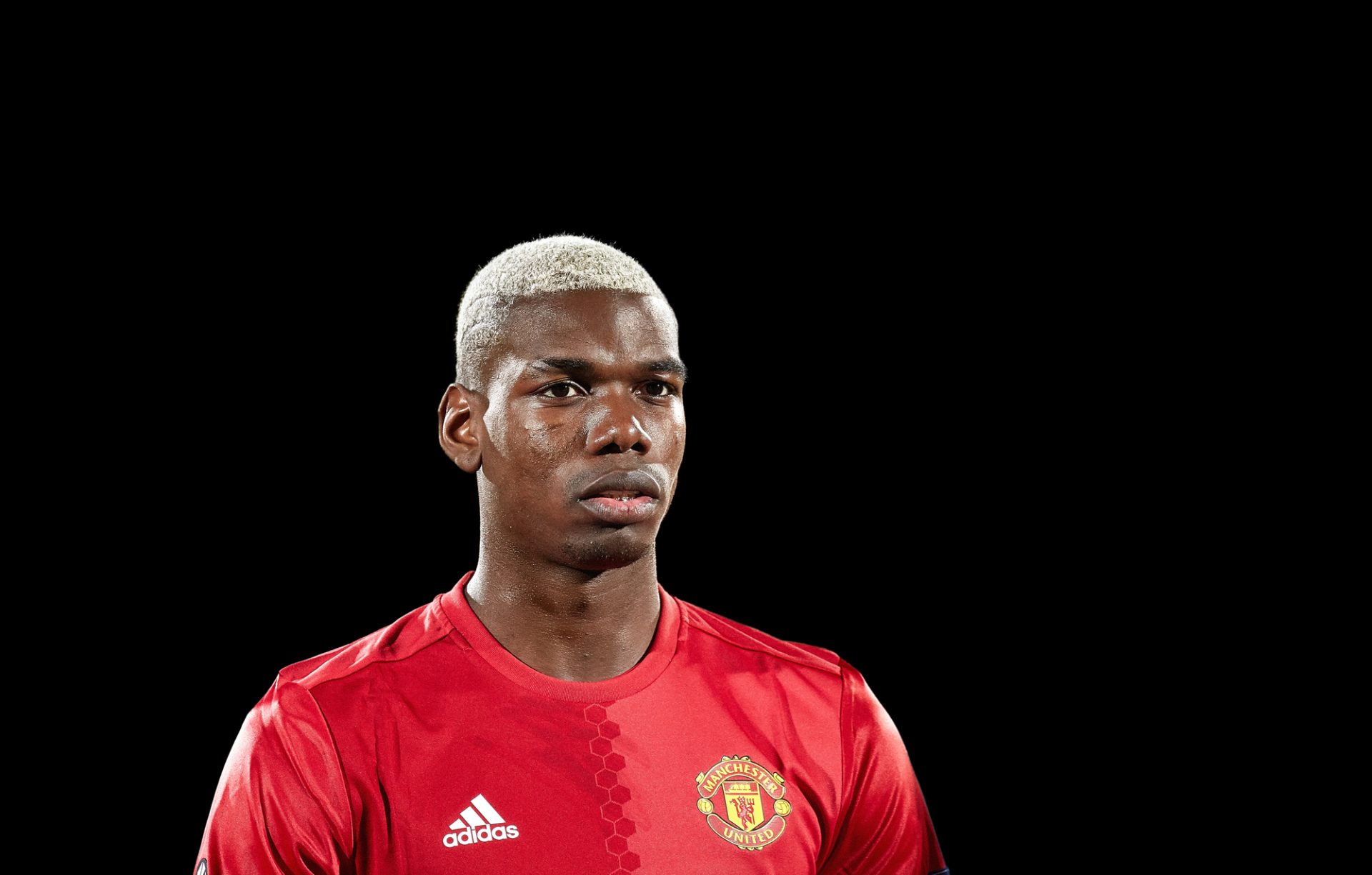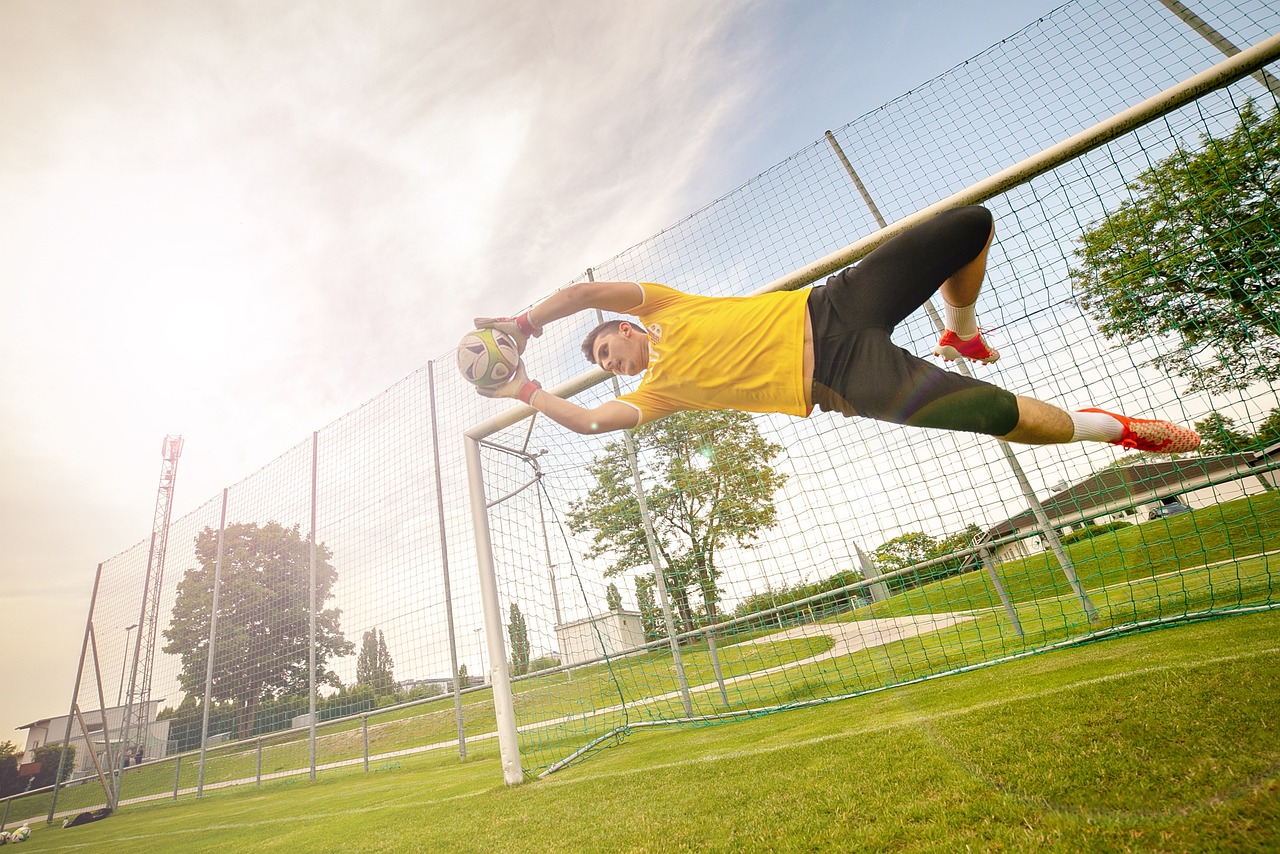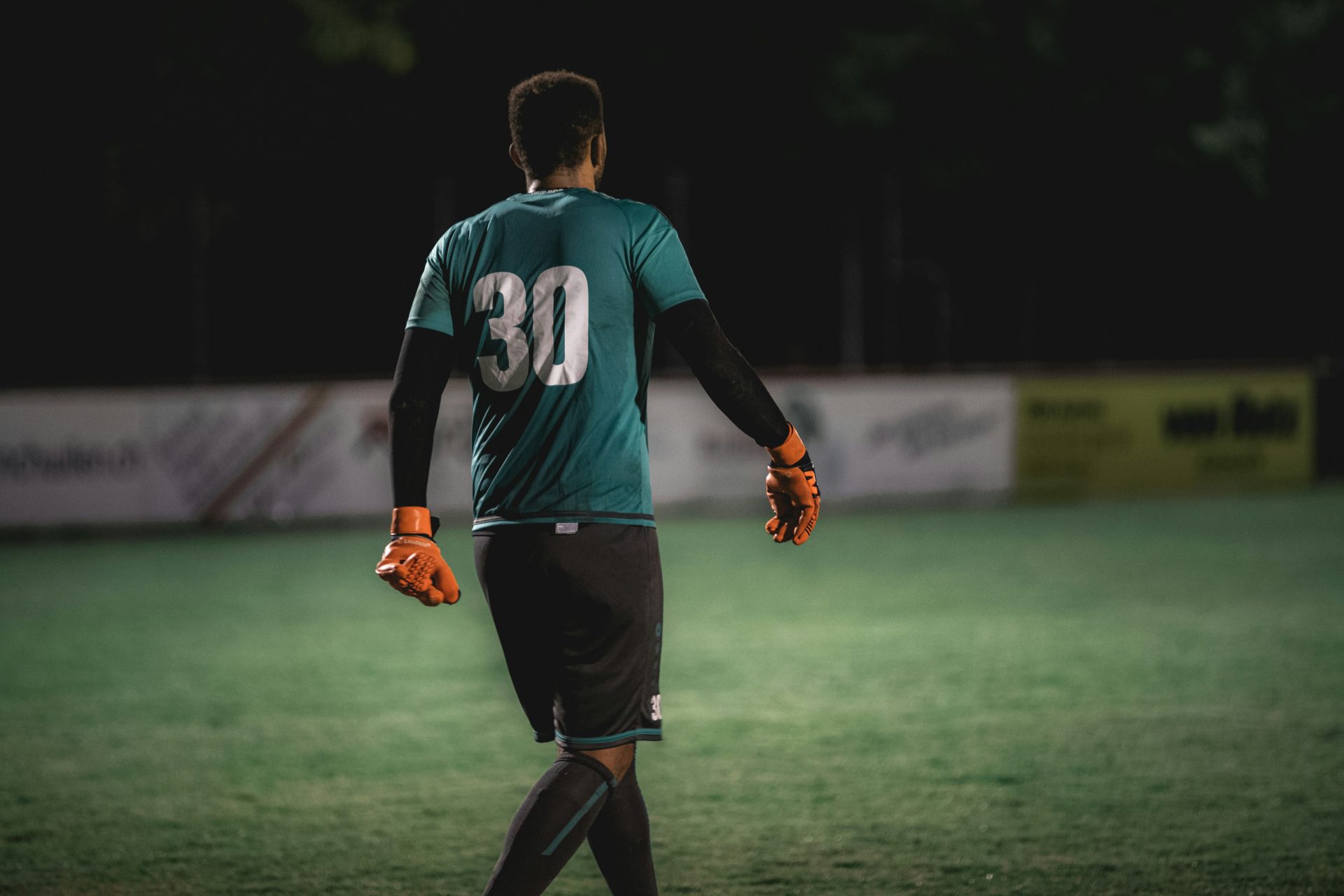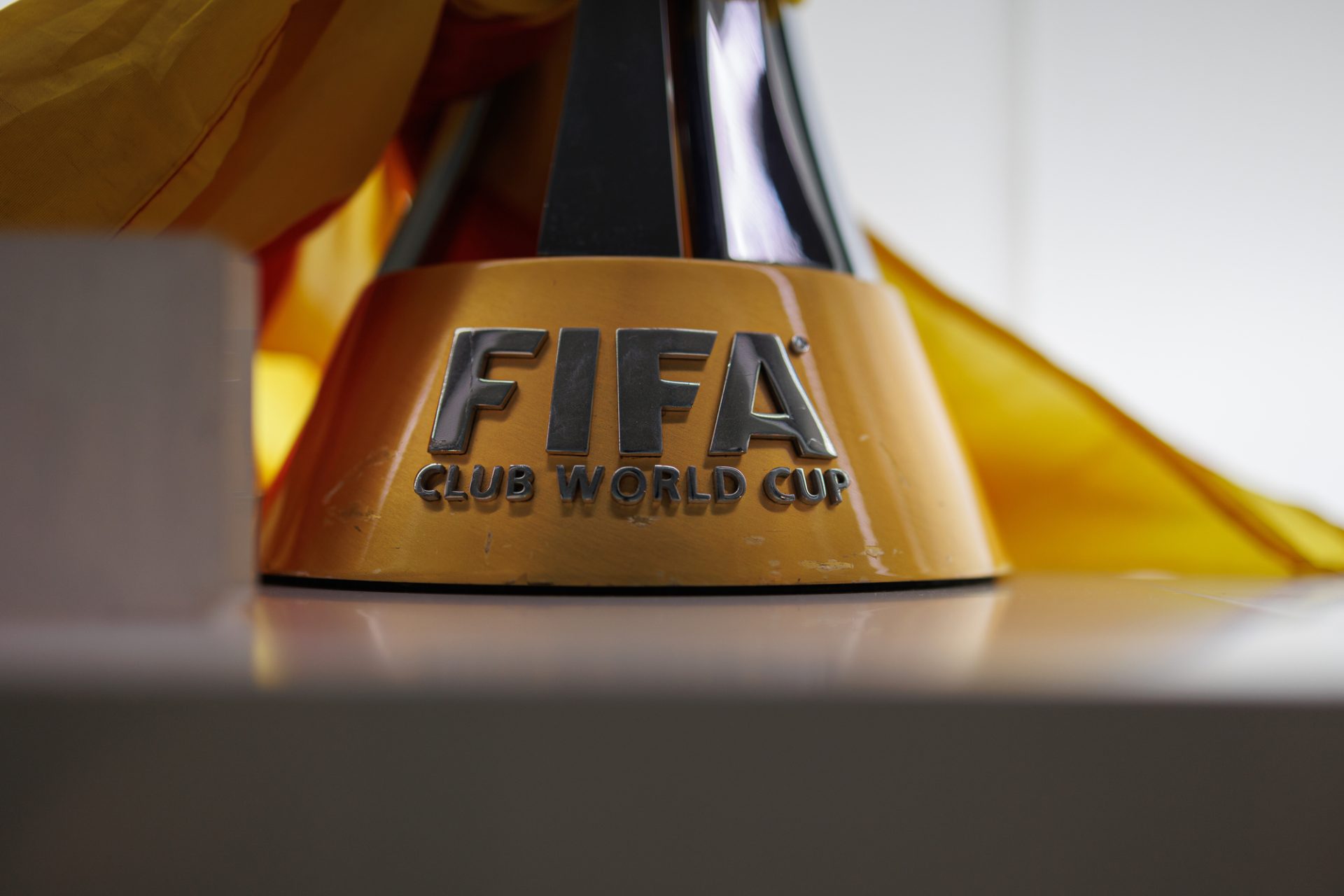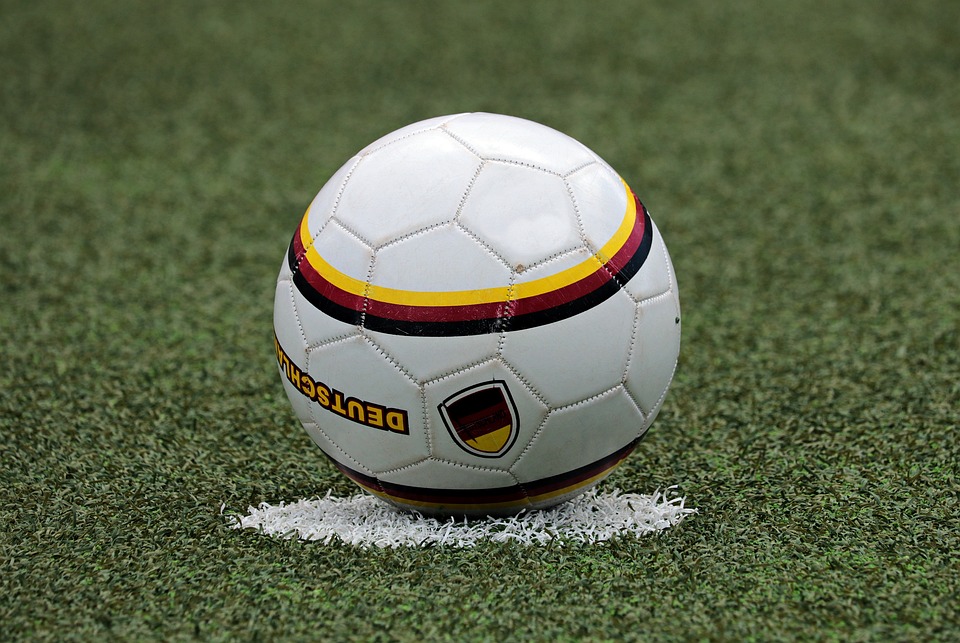Why Do Soccer Players Fake Injuries?
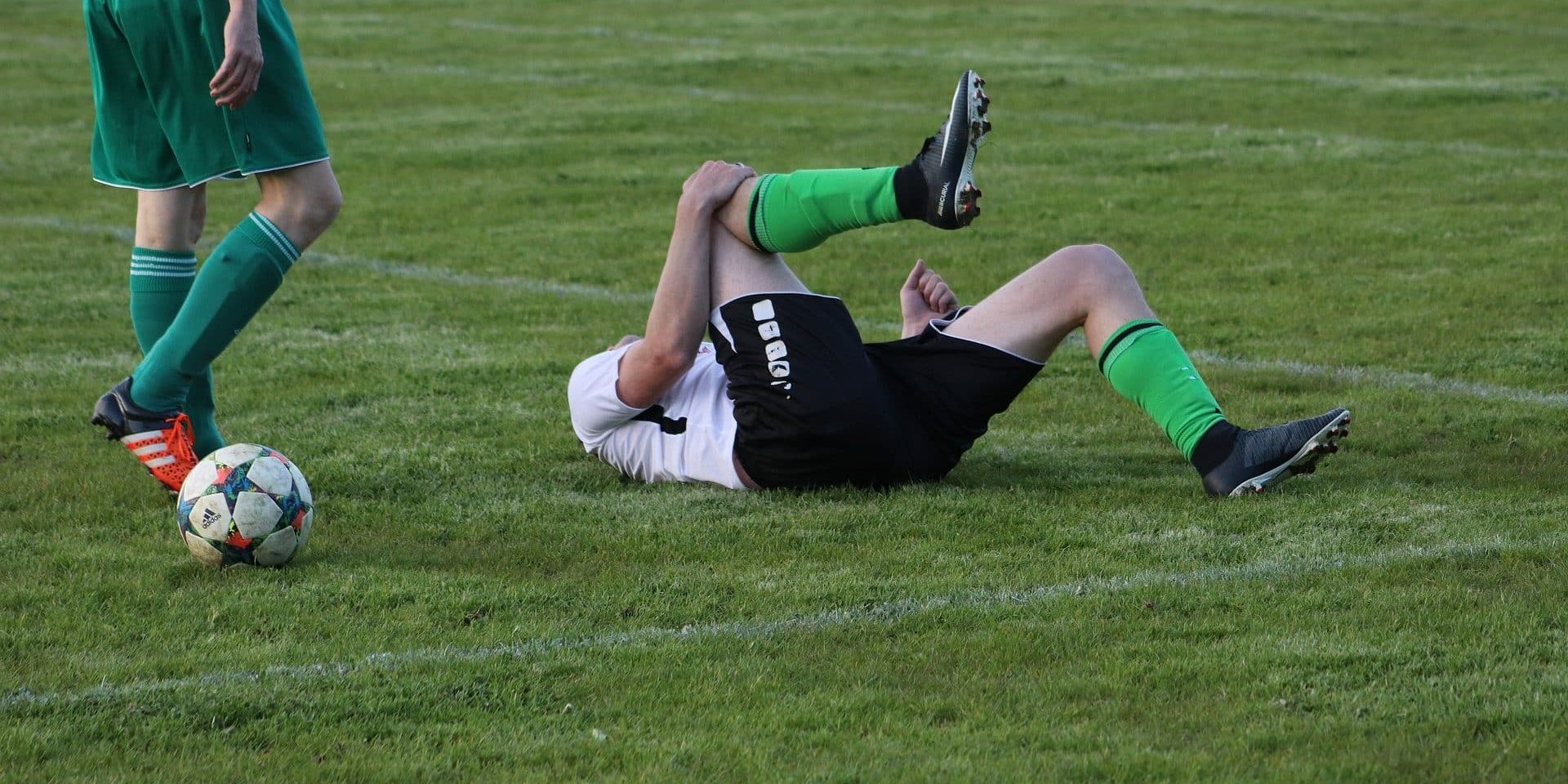
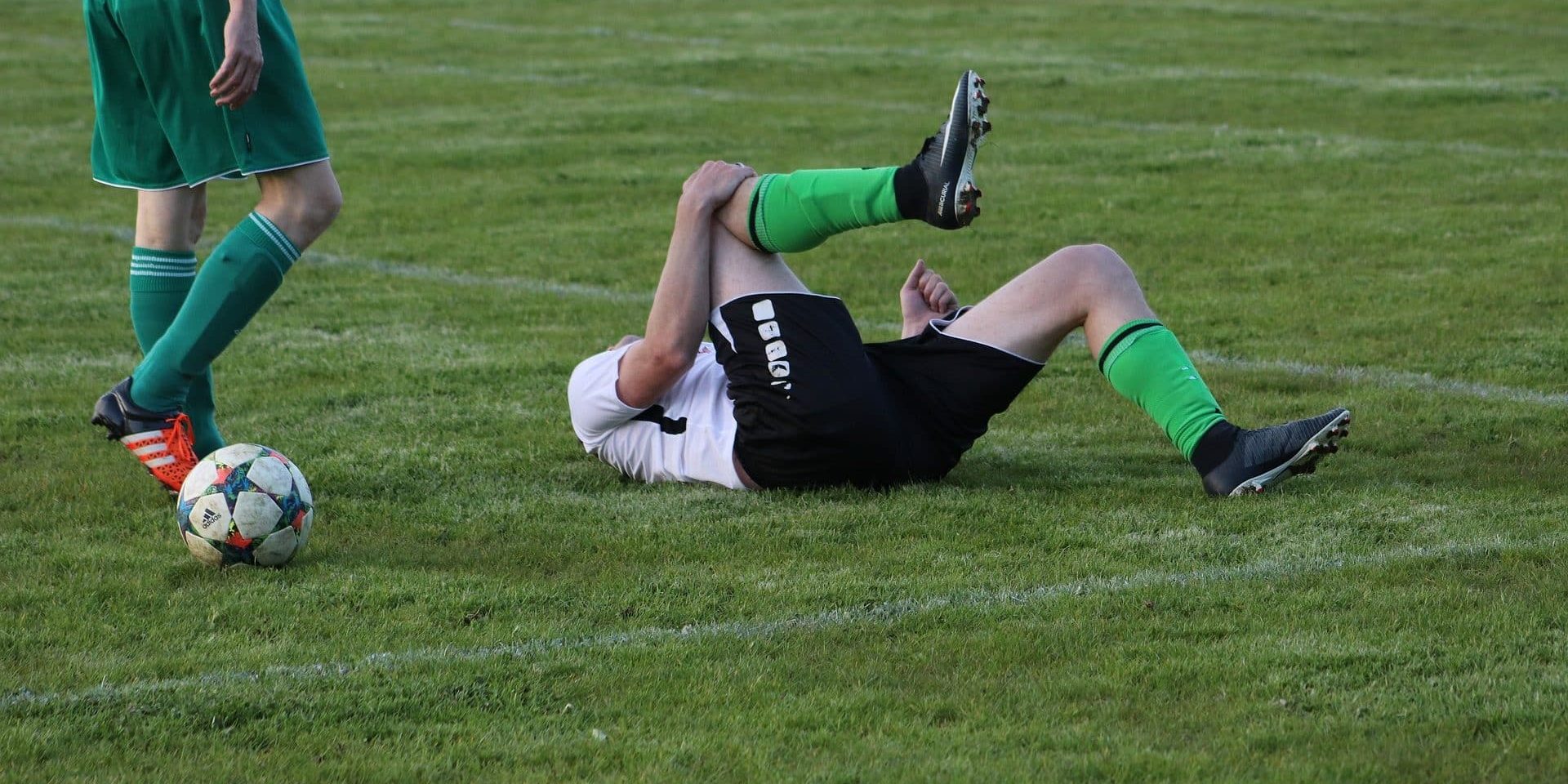
Table of Contents
Soccer players have an unsavory reputation for faking their injuries. This practice is so common that it even has names such as ‘diving,’ ‘flopping, and ‘simulation. Players often risk embarrassment for failing to put on a convincing show and often earn the ire of their fans (especially Ultras in Asia who whistle and throw objects).
And rightly so; players who fake injuries often seek an unfair advantage to improve the odds in their favor.
The practice has always been commonplace in soccer for years but has been observed more frequently in recent years. This is primarily attributed to the fact that there are hundreds of cameras pointed at the players, and it’s easy to see if someone is faking her injury and taking a dive.
So Why Do Soccer Players Fake Injuries?
The primary reason for faking an injury is to gain an unfair advantage for the team. This is because referees clamp down hard on dangerous tackles. After all, they can be life-threatening and career-ending. However, it is common for fouls to happen in soccer because it is a contact sport.
Successfully feigning an injury can cause the opponent to lose possession of the ball, which can dramatically change the game’s outcome.
Let’s analyze key reasons why soccer players fake injuries.
Make it Easier to Score a Goal
Soccer players also fake injuries to make goal-scoring easier. For example, if a player is near the goal but fails to capitalize on taking a shot, they may fake an injury to get closer to the goal.
The premise is that the referee will conclude that the player was injured by someone from the opposite team and position the injured player closer to the goal.
This dramatically increases a player’s chances of scoring a goal, whether in the form of a penalty or a free kick.
Getting the Referee’s Attention
Most players fake injuries to attract the referee’s attention. This is important because referees are arbitrators in conflicts on the field during the game. The referee’s say is final and what they say goes. Players often have to plead their case with the referee to obtain the correct decision.
This is why many players try to fake their injuries, knowing that their referee cannot ignore such events. The player may also accompany their hand to ensure that the referee has spotted them. Referees must look after players who are genuinely injured and make sure that they aren’t seriously hurt.
In some cases, the referee may pause the game if the player’s injury is serious enough. Once a player dives to the ground and looks injured, the referee has no choice but to make a decision whether the game should be paused or continue.
Experts suggest that players who fake injuries are more likely to have a favorable decision.
Getting Another Player in Trouble with the Referee
A popular reason for faking an injury is to get another player in trouble with the referee. It is not uncommon for things to get heated between players on the field, and out of frustration, they may try to fake an injury.
This is done by convincing the referee that their rival has committed a foul and must be punished. The player dives to the ground when their rival is nearby and hopes the referee will believe their story.
Faking an injury to punish rival teams is considered highly unethical and unfair. It doesn’t portray the player in a good light.
Wasting Time
Players may also want to fake injuries to waste time. This is a strategic decision because the clock doesn’t stop in soccer, regardless of what happens on the field. In case of delays or disruptions, the referee adds more minutes before the game ends. These extra minutes added to the game are usually shorter than wasted minutes.
Some players fake injuries to waste time and cause disruption. This often happens if the player’s team has a leading score or if the game is tied; the outcome would benefit the player faking an injury. Once the referee stops the game, the opposition team cannot score any goals.
Brazilian soccer player Neymar is infamous for using this tactic. In fact, Neymar has faked injuries an average of once every 8.5 minutes when his team is leading.
Regain Possession of the Ball
Players don’t want their rivals to stay in possession of the ball and would do everything in their power – ethically or unethically – to regain possession. This is often done by faking an injury. Players may flop right after losing possession of the ball, expecting the referee to give them possession of the ball.
This tactic is highly frowned upon because it shows that the player isn’t able to use the ball properly. Players with a superior skillset wouldn’t resort to such measures to get control of the ball.
How Are Fake Injuries Punished?
Faking an injury can be punished by referees. The rules indicate that players must be cautioned if they attempt to deceive the referee. This includes pretending to be injured and diving to the ground.
In this context, cautioning means that the player may be shown a yellow card. They are now at a high risk of being removed from the match. Players are only issued red cards for diving if they have been previously issued a yellow card.
Getting a yellow card can have devastating consequences for players and result in their removal from the match. However, many players take their chances and fake injuries despite the potential ramifications.
Finally, it is worth noting that those players aren’t faking, even if it appears to be that way. Some players may be genuinely hurt but appear to be faking an injury from an outsider’s perspective. Players who don’t wear safety shins are more likely to get injured.





